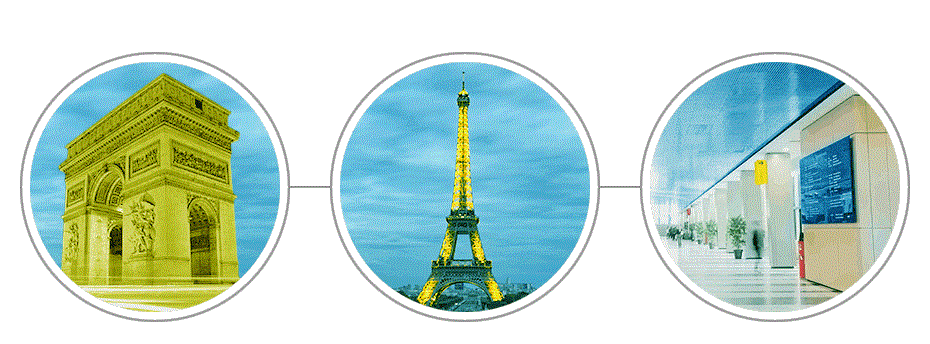This study focuses on the incentives to work more for employed people (the intensive margin) in France in 2014. These incentives are measured by the marginal effective tax rates (METR), which indicate the proportion of an increase in the labor income (in the sense of the labor cost i.e. including employers' costs) which benefits the socio-fiscal system, either because the taxes increase or because the means-tested benefits diminish. The calculation of the METR is done by microsimulation using the Ines model on data representative of the population residing in France.
In 2014, in France, the median METR of employed people is 57%. The distribution of METR has few extreme values : 5% of individuals face rates above 100% and 0.2% negative rates. The very high marginal rates are much fewer in proportion than at the end of the 1990's, as a result of the introduction of earned income tax credit and the RSA activity in the 2000's which had the effect of lowering the marginal rates at the start of distribution. The variability of METR is higher for low income, much less at the top of the distribution. On the other hand, the median METR vary little according to the level of labor costs (notably due to the inclusion of employer contributions), with a ~ form.
Other important findings include: parents in single-parent families face higher marginal rates than single persons without children, and especially than couples; The median METR of married women is higher than that of men.



